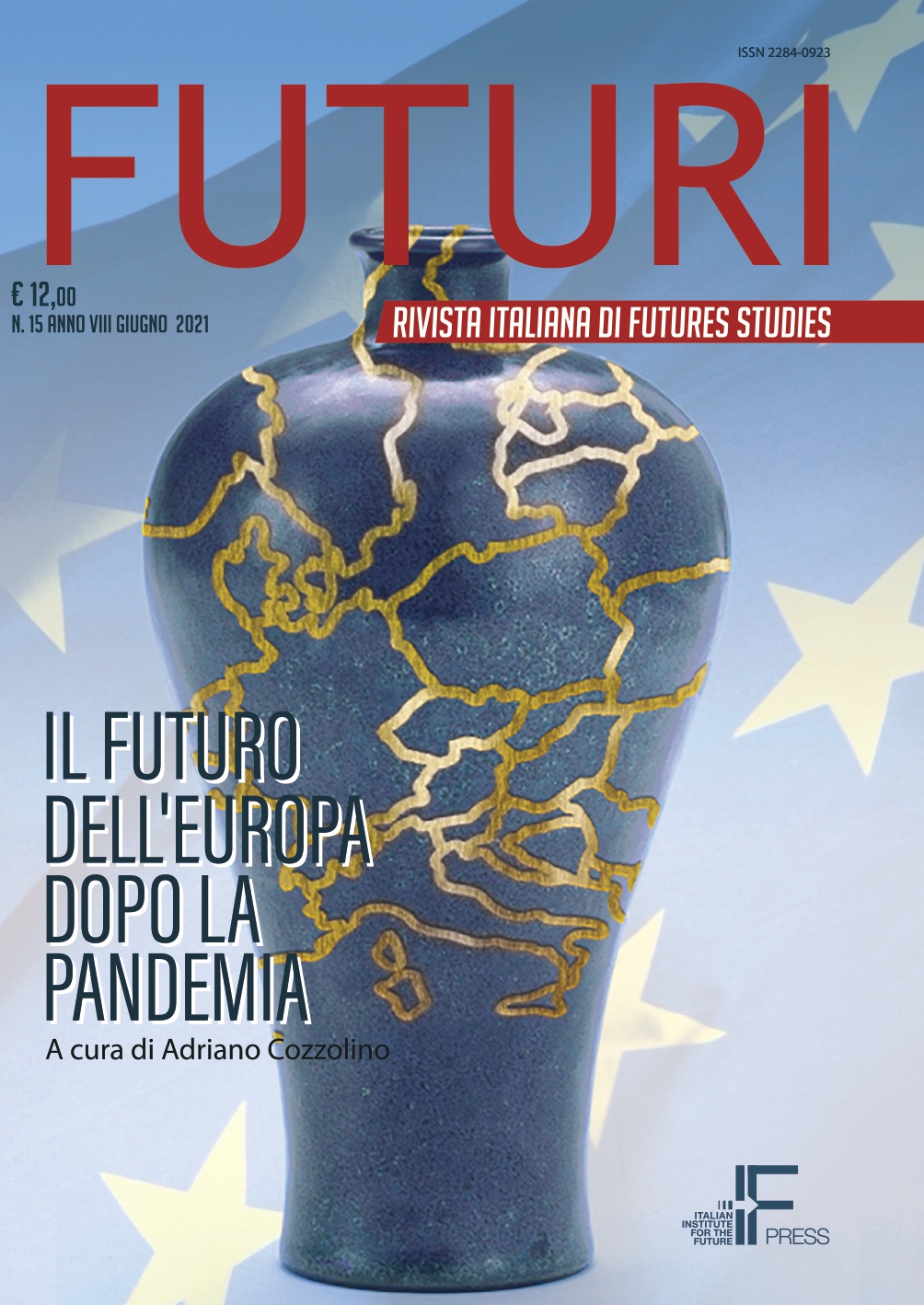Prima, dentro e dopo il Covid-19: la politica economica dell’Eurozona e i suoi futuri possibili

Published 15-02-2025
Keywords
- European union,
- eurozone,
- covid-19,
- monetary politics

This work is licensed under a Creative Commons Attribution-NonCommercial-NoDerivatives 4.0 International License.
Abstract
This paper proposes an analysis of some future scenarios of Eurozone economic policy after Covid-19. More in detail, the article examines, in the first part, the policies of European institutions and member states implemented after the 2008 financial crisis, and highlights the limits and contradictions of European economic policy and the permanent austerity model. Subsequently, the paper offers an overview of the responses developed in the supranational sphere to deal with the pandemic crisis. In the latter, the analysis focuses in particular on monetary and public finance policies. After an examination of the policies introduced at these two fundamental critical junctures, the work analyses the possible evolutions of Eurozone economic policy after the Covid-19 crisis, and sheds light on persistences, ongoing changes and structural problems (such as the democratic deficit and austerity policies) that may influence European integration in the coming years. Three macro-scenarios are elaborated in the conclusions through which some of Europe's possible futures are glimpsed.
Translated with DeepL.com (free version)
